Stone dust vs sand for laying pavers? Help!
orchid_ladycats
18 years ago
Featured Answer
Sort by:Oldest
Comments (41)
dontknow
18 years agoartistone
18 years agoRelated Discussions
polymer sand vs beach sand
Comments (12)Not sure why we are bothering with a stale, 10 year old thread but there is a lot of misinformation contained above. Even concrete contractors and manufacturers do not agree on the effect of salt on concrete: "Salt does not damage concrete, but the effects of salt can. That sounds weird, so we’ll explain. Salt does not chemically react with hardened concrete. Salt does however lower the freezing point of water, attract moisture, and increase pressure of frozen water. Salt can also increase the freeze-thaw cycles if the temperature fluctuates between 15°F and 25°F. Concrete scaling can occur in the absence of salts too if there were problems at installation." Chaney Enterprises Washed beach sand should be perfectly acceptable as a paving base material but I would always go with polymeric sand to fill between the paver joints for the reasons marcinde outlined previously....See Morepavers over sand vs concrete?
Comments (2)I have a similar question than the one posted earlier. I am planning to do a 867Sq ft of stone pavers. I have very rocky clay base. And am planning to pour a concrete slab of about 3-4" thick myself. Once that is done then I plan to lay the pavers on the top using mortar. The only reason I want to use the concrete pad is that I don't want any roots to break or disrupt the pavers. I will be pouring the pad for the first time and laying the pavers also for the first time in my life. I have read about how to do it, and have a few friends to help. I will be mixing the cement, sand, gravel and water in my backyard itself. Any comments on the possible pitfalls or on the entire plan that would help me do this big project would be very helpfu. Thanks in advance, Tajir...See MoreStone dust or sand for in between pavers...
Comments (3)Not sure if I posted this on the wrong forum. Also posted in Landscape design and the consensus is stone dust...Anyone have a paver patio with sand or stone dust in between? Would love to hear your advice. Here are some pics of the patio Here is a link that might be useful: Patio...See MorePaver stones - seal vs no sealing?
Comments (2)As I mentioned on another discussion thread, I have a client, Go Pavers, with a sister company, Paverwash.com and we recently had discussions not only about power washing pavers (and the damage that can be done when someone doesn't know what they are doing) but sealers as well. One of the guys was discussing a client’s paver sealing nightmare when an inexperienced company used the wrong sealers on their expensive new driveway. At any rate, the upshot of the conversation was that a good sealers will protect the pavers, and your investment, and it’s a good idea to have it done. Found this Blog article that might assist: 6 Tips To Avoid Pavers Sealer Disaster Hope that helps someone, if not you....See Moreorchid_ladycats
18 years agojkbogle
18 years agocamaro_2006
18 years agoinkognito
17 years agodanthelandscaper
17 years agoinkognito
17 years agotonyd206
17 years agosandykk
17 years agobobincampverde
17 years agomimireco2
17 years agoroxy63
17 years agomacbirch
17 years agoWendyB 5A/MA
15 years agomike_d30
15 years agomorango
15 years agoWendyB 5A/MA
15 years agoengine7design
15 years agogrillboy
15 years agorandallpink
15 years agomvp15
14 years agoWendyB 5A/MA
14 years agojohnthegreen_hotmail_com
14 years agomarys67
14 years agohaugenbp
14 years agonjfitz
14 years agojohnturner9
13 years agobnhbutts
13 years agobnhbutts
13 years agopatty_cakes
13 years agoshudjean_yahoo_com
12 years agoEdwardZ
12 years agoTerryInTosa
10 years agoandyokeefe
10 years agoMark Mark
8 years agoGolden Rod
8 years agocwkaiser11
7 years agoChristos Jones
7 years agoPat Donahoe
7 years agolast modified: 7 years ago
Related Stories
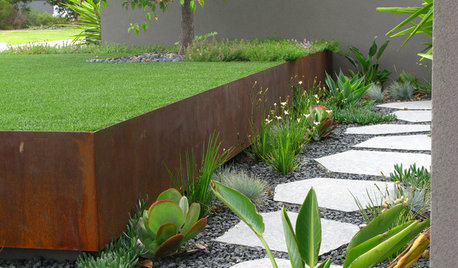
LANDSCAPE DESIGN7 Questions to Ask Before Laying Stepping Stones
These broken-up pathways invite you to put a spring in your step — while adding functionality to the garden
Full Story
REMODELING GUIDESWisdom to Help Your Relationship Survive a Remodel
Spend less time patching up partnerships and more time spackling and sanding with this insight from a Houzz remodeling survey
Full Story
GARDENING AND LANDSCAPING8 Great Ways to Use Landscape Pavers
Today's Stepping Stones Define a Space While Adding Affordable Style
Full Story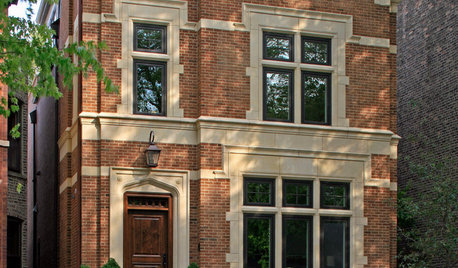
MATERIALSRaw Materials Revealed: Brick, Block and Stone Help Homes Last
Learn about durable masonry essentials for houses and landscapes, and why some weighty-looking pieces are lighter than they look
Full Story
HEALTHY HOMEWhat to Know About Controlling Dust During Remodeling
You can't eliminate dust during construction, but there are ways to contain and remove as much of it as possible
Full Story
HEALTHY HOMEWhat You Need to Know About Dust and How to Fight It
Breathe easier with these 10 tips for busting mites, dander and other microscopic undesirables
Full Story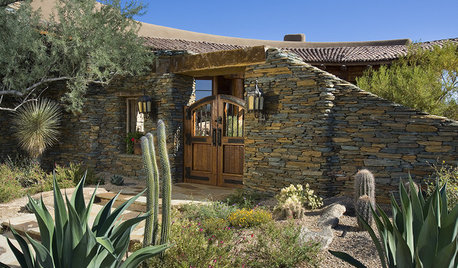
LANDSCAPE DESIGNLay of the Landscape: Southwestern Garden Style
Water may be scarce, but color and striking foliage are as profuse in the desert landscape as the sunsets are breathtaking
Full Story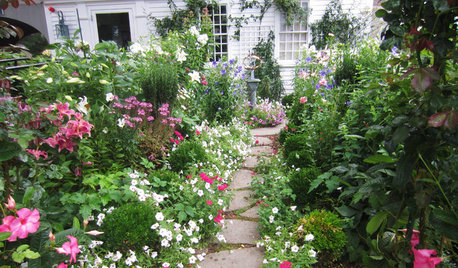
GARDENING AND LANDSCAPINGLay of the Landscape: Cottage Garden Style
Informal and vibrant, cottage gardens charm with their billowy abundance. These tips help you bring the look to your own landscape
Full Story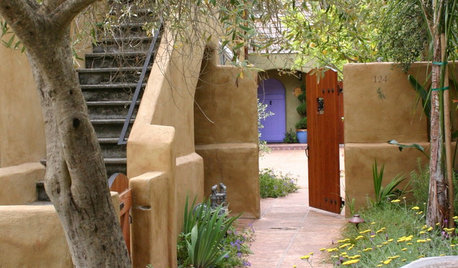
GARDENING AND LANDSCAPINGLay of the Landscape: Mediterranean Garden Style
Earthy, lush and warmly welcoming, a Mediterranean garden can thrive in any warm-climate landscape with a few adaptations
Full Story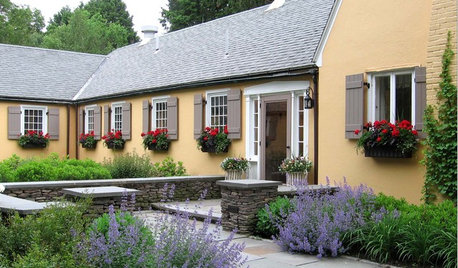
LANDSCAPE DESIGNLay of the Landscape: French Garden Style
Symmetry and geometry define this decorous landscape style, appropriate for both grand gardens and intimate spaces
Full StoryMore Discussions




danthelandscaper